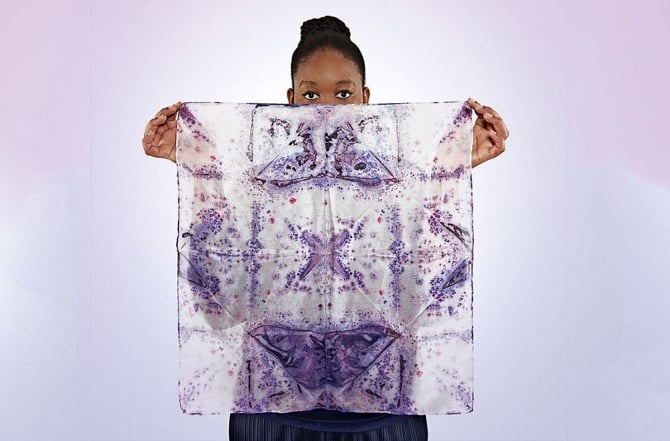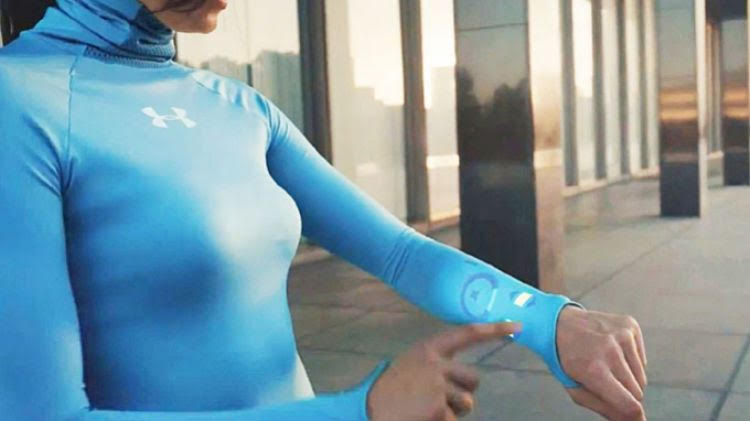Runways are always giving us the what. I mean, the colors, the silhouettes and even the must-have bags. But I want to talk about how. Let’s be honest, the real game-changers are not the trends themselves. It’s actually the invisible tech innovations that are reshaping our closets, our dressing routines. And even the planet.
These innovations won’t just be niche concepts in 2026. Surely, they’ll become mainstream essentials.
The hyper-personalized fit and the digital twin
We can start forgetting about those frustrating online returns. The biggest shift in e-commerce is the rise of 3D body scanning or the digital twin. This technology will create a high-fidelity avatar of yourself. It works by generating a dynamic and highly accurate model of your body. You can use a home scanner, your phone, or you can also do it in a booth at a store. It will include things like your postures, body measurements, and unique fit points.
This twin will now live in your favorite shopping apps. When you virtually try on the garment. The software won’t simply slap a picture on you. But it will simulate how the specific fabric, size, and cut will fit and drape on your exact measurements.
This means that now, fit prediction will be 100% accurate. Now you can say goodbye to ordering three sizes just to return two. This is actually a more convenient and massive move towards sustainability. As it will drastically cut down returns and the associated shipping waste.

Image from: https://browzwear.com/hubfs/Imported_Blog_Media/Trust-1-3.png
Growing your own wardrobe with bio-fabrication
Bio-fabrication is the process of using living organisms to grow pigments and fabrics. Scientists are feeding sugar to microorganisms that will then ferment. And this will create materials that are molecularly identical to traditional fibers. Like leather or silk. Which is great, because it’s done without the environmental footprint.
Microsilk is a silk protein that is created by engineered yeast. It’s actually stronger and more sustainable than traditional silk. There’s also Mycelium Leather. Which is grown from the root structure of mushrooms. It’s durable, soft, and also fully biodegradable.
Being sustainable doesn’t have to feel boring anymore. Major fashion houses are now using these materials for their statement pieces. By 2026, bio-fabricated textiles will be common in premium outerwear, accessories and even denim. And consumers will be offered truly ethical and circular alternatives. As they won’t compromise the performance and luxury.

Image from: https://www.labiotech.eu/wp-content/uploads/2017/05/Natsai-Audrey-bacteria-clothes.jpeg
3D printing and on-demand micro-manufacturing
Overproduction is one of fast fashion’s biggest problems. On-demand micro-manufacturing will flip the traditional model. Now, instead of producing thousands of items and hoping they sell. Garments will only be made after the customer places an order.
Highly automated, advanced factories are now using digital patterns and robotic sewing and cutting equipment. The fabric will hold zero inventory of finished goods. And the moment you buy, they will source the fabric and make the piece. This is also often integrated with 3D-printing tech to create complex custom accessories. Structural components or embellishments.
This will cut waste from unsold inventory to near zero. It also unlocks hyper-customization. Just imagine ordering a dress and specifying the sleeve fit, length, and color. You’ll get a unique item, and the planet gets less landfill waste. Definitely a win-win.

Adaptive clothing and smart textiles
Now, smart textiles embed technology. Like thermal layers, micro-sensor, and even LED fibers. They’re embedded in the fabrics or yarn. This makes the clothing functional by itself.
These fabrics can respond to user inputs or external stimuli. There’s thermal regulation. For example, there’s outerwear that will cool or warm you up based on the temperature of your body or the weather outside. Some fabrics can monitor your fitness data. Or they can even charge your phone wirelessly via embedded micro-solar panels.
Clothes will become active partners in our lives. A single trench coat can be truly seasonless. Or your workout year will now be your most accurate health tracker. We won’t be dressing just for style, but for comfort and enhanced performance. And the lines between fashion, utility, and health will be blurred.

Image from: https://ignasisayol.com/wp-content/uploads/2020/11/Smart-Fabrics.jpg
Digital sampling and AI trend forecasting
Behind the scenes, the design process is now having a digital makeover. And AI trend forecasting and digital sampling are speeding up the pipeline. And also making it more efficient.
With AI forecasting, algorithms will analyze massive amounts of data. Like social media trends, search queries, historical sales and even geopolitical shifts. This will predict which fabrics, colors, and styles will dominate months in advance. Meaning that designers are less likely to miss a trend and overproduce the wrong item.
Digital sampling means that instead of making dozens of physical samples. Now designers can create hyper-realistic 3D garment samples using software. Drape and fit are approved digitally before they start cutting fabrics and threads.
This will reduce the fashion cycle’s environmental load. And it will be drastic. Collections will be more reactive and less wasteful. It’s this invisible tech that will ensure the physical clothes you buy. They are actually exactly what you want, when you want them. And having a smaller carbon footprint.




